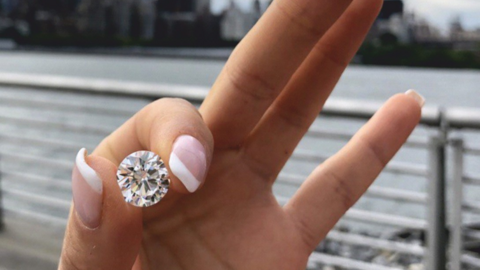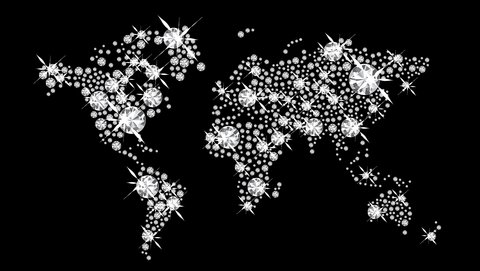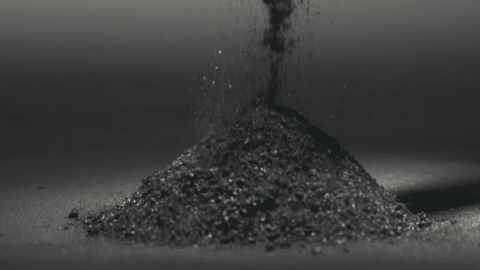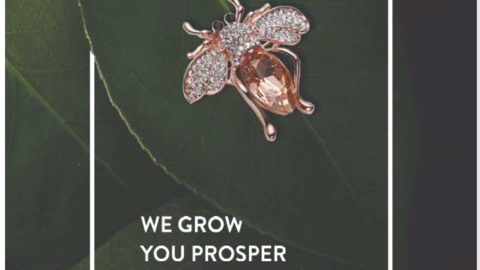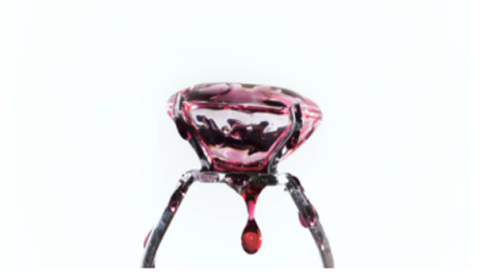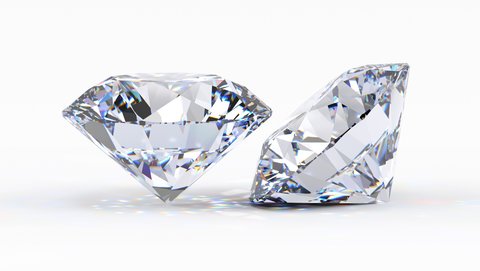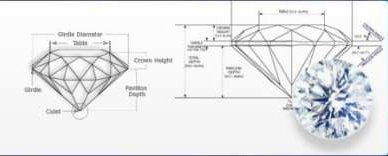Success of Lab-grown Diamond Market Presents Both Opportunities and Challenges
The industry of lab-grown diamonds continues to evolve rapidly, surpassing all previous expectations. According to Fortune Business Insights data released on April 7, the global lab-grown diamond market is projected to grow to $74.45 billion by 2032, exhibiting a CAGR of 14.11%. These figures align with complementary research from Aurelia Diamonds published on April 17, which projects the market will reach $97.85 billion by 2034 with a CAGR of 14.15%. This unprecedented success presents opportunities for all key market players, both wholesale and retail companies, big and small.

With the United States accounting for approximately 70% of global sales, the leadership of local retailers and consumers is unquestionable. However, suppliers from Asia Pacific hold a 33.17% market share in production and are looking to expand their operations or strengthen existing partnerships. While this became challenging amidst recent implementation of tariffs, this geographic distribution highlights the global nature of the supply chain. As long as there’s a demand (and the demand is only increasing!), suppliers are not giving up.
While the dramatic price differential between mined and lab-grown diamonds creates a compelling value proposition for consumers, it has also made inventory management increasingly complex. After the announcement of reciprocal tariffs, the only way for both suppliers and retailers to ensure the same profitability is to raise prices for the end consumers. While this may seem scary at first, it actually opens possibilities for growth at every level of the industry. The prices for lab-created diamonds have been declining over the past few years, and some bouncing back is required to confirm the legitimacy of the product’s value. As the market becomes more competitive, the key selling point may change from price to sustainability and production transparency again. Ability to sell digitally to complement traditional sales channels may also gain more importance for the retailers.
At the same time, De Beers Group has launched its most ambitious marketing campaign in over a decade, specifically designed to differentiate mined diamonds from lab-grown gems. Announced on April 16, this initiative involves record investment through 2025 and focuses on key markets including the United States, China, and India. This aggressive positioning signals the recognition of lab-created diamonds as a legitimate competitor. Man-made stones appeared in 14.3% of all diamond jewelry sold last year. While engagement rings initially drove lab-grown diamond adoption, recent trends indicate expanding opportunities in fashion jewelry categories. Data released in March shows necklaces and bracelets experiencing notable growth, with fashion sub-categories seeing double-digit revenue increases.
The lab-grown diamond industry continues to transform and mature. While challenges exist in terms of price stabilization and market positioning, the fundamental growth trajectory remains positive, particularly in the US market. The key to long-term success will likely be balancing competitive pricing with value-added services and sustainability commitments that resonate with new types of jewelry consumers.


